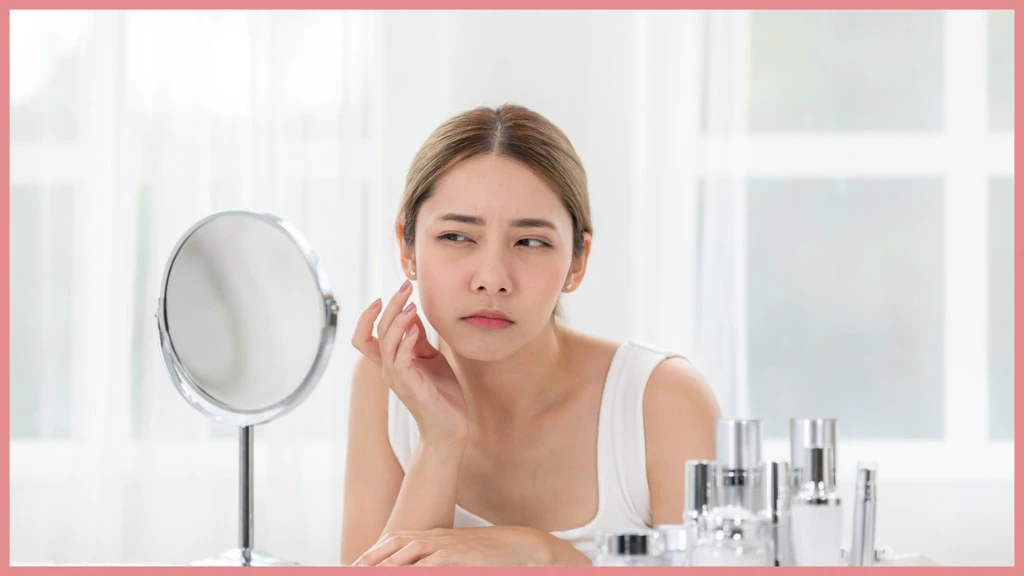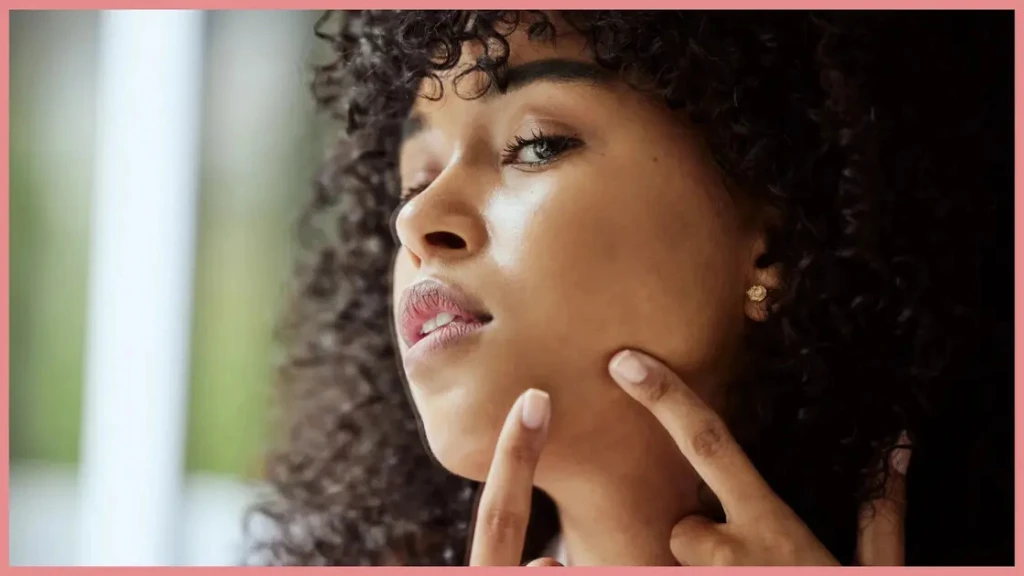Why Your Pimples Keep Coming Back
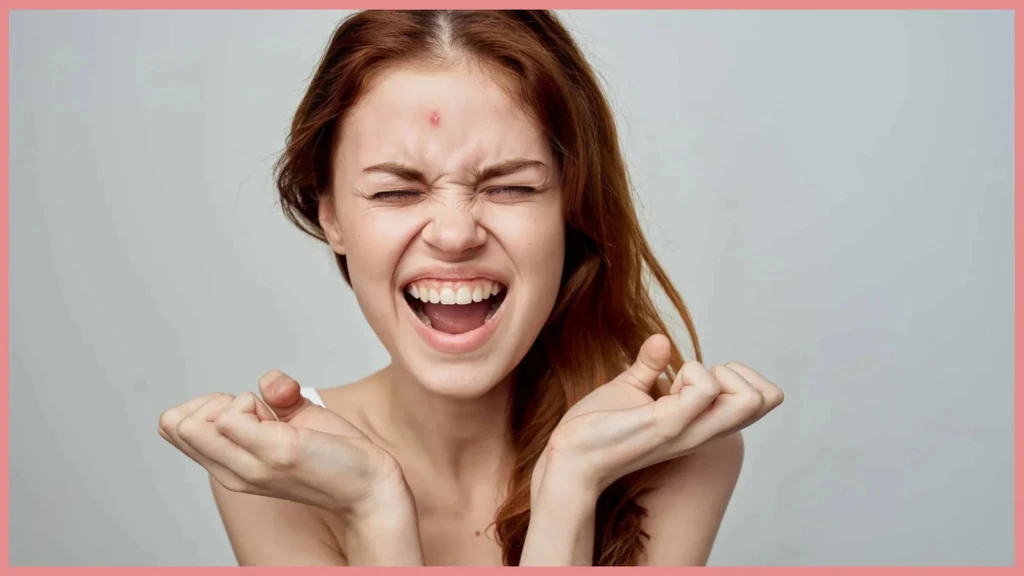
There’s nothing more frustrating than a pimple that just won’t go away. You think you’ve handled it, but then it’s back—filled with pus, angry, and painful.
Trust me, I’ve been there. Pimples like these can feel like a never-ending battle, especially when they pop up in noticeable places.
But don’t worry; there are real solutions that can help, and I’ll walk you through them step by step.
Expert Advice: Managing Persistent Pimples
The Life Cycle of a Pimple
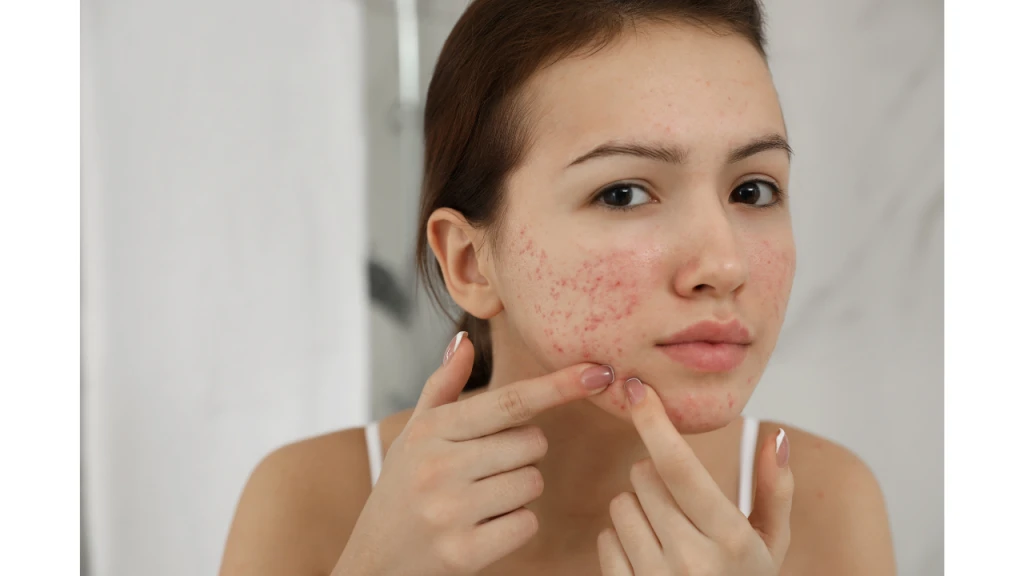
Understanding how pimples form can help you tackle them more effectively. Pimples don’t just appear out of nowhere—they follow a process.
Pore Clogging
At the start, a pimple forms when your pores get clogged with oil, dead skin cells, and debris. Those of us with oily skin might be more familiar with this problem, but it can happen to anyone.
Bacterial Infection
Once a pore is clogged, bacteria (specifically Propionibacterium acnes, or P. acnes) can begin to multiply. This is where things start to get tricky.
Inflammation
As the bacteria grow, your body responds with inflammation. That’s why pimples can feel sore or look red and swollen.
Pus Formation
The pus you see in a pimple is a mixture of bacteria, dead skin cells, and immune cells that your body sends to fight off the infection. It’s part of your body’s natural defence system.
Sometimes, pimples don’t heal completely and instead keep refilling with pus. To prevent this, ensure you’re following the proper pimple healing process and avoid common mistakes when treating acne scars.
Why Pimples Keep Refilling
If a pimple keeps coming back, there are several reasons this might happen. Let’s break it down.
Incomplete Extraction
If you squeeze a pimple but don’t fully empty it, the remaining pus can cause it to refill. This is one reason why dermatologists warn against popping pimples.
Ongoing Infection
Even if you manage to drain the pimple, bacteria inside the pore can keep the infection going, leading to more pus.
Clogged Pore Cores
Sometimes, a pore can have a hard core of sebum or dead skin that isn’t removed. This can act as a blockage, making it impossible for the pore to heal.
Inflammatory Response
If your skin is sensitive, the inflammation itself can make the problem worse. Repeated irritation can delay healing and lead to recurring issues.
Role of the Immune System
Your immune system works hard to clear infections, but if it’s overwhelmed or your skin barrier is compromised, the healing process can slow down.
What to Do If a Pimple Keeps Refilling with Pus
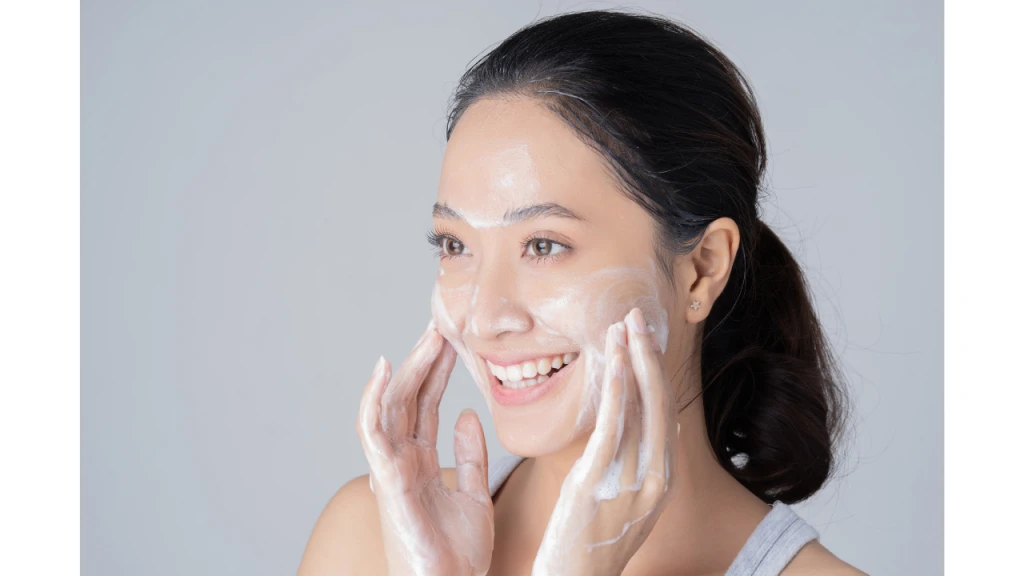
When dealing with a persistent pimple, it’s important to take a gentle and systematic approach. Here’s what I recommend:
Dealing with a pimple that keeps coming back can feel overwhelming, but a thoughtful approach can make a world of difference. The key is to combine gentle care with targeted treatments and know when to seek professional help.
1. Gentle Cleansing
Start by using a non-comedogenic cleanser like the wonderful Pink Cloud Jelly Cleanser available from Amazon.com to keep your skin clean without causing irritation. Over washing or using harsh soaps can strip your skin of essential moisture and aggravate the problem.
Stick to a cleanser with calming ingredients that won’t clog pores. Focus on twice-daily cleansing—once in the morning and once before bed. Avoid scrubbing or using abrasive tools, as these can worsen inflammation.
2. Targeted Treatments
For stubborn, pus-filled pimples, targeted treatments can be very effective. These products work by addressing the root causes of the problem, such as bacteria, clogged pores, and inflammation.
Spot Treatments
When it comes to treating specific pimples, spot treatments can speed up the healing process.
Benzoyl peroxide is an excellent option for killing bacteria and reducing swelling, but it’s important to start with a low concentration to minimize irritation.
Salicylic acid, on the other hand, is perfect for exfoliating inside the pore and preventing future blockages. You can try this 2% salicylic acid serum by The Ordinary at Amazon.com.
For a natural alternative, tea tree oil can help fight bacteria and soothe irritation, but it should always be diluted before applying directly to the pimple.
Apply spot treatments directly to the pimple using clean hands or a cotton swab.
Over-the-Counter Medications
If spot treatments aren’t enough, you may need something with a bit more power. Retinoids are highly effective because they increase skin cell turnover and unclog pores.
However, it’s crucial to use them sparingly at first to avoid dryness or sensitivity. Another great option is sulfur-based products, which dry out pimples and reduce redness without being too harsh.
Whenever trying new products, always do a patch test first to ensure your skin doesn’t react negatively. Start with small amounts and monitor your skin’s response.
3. Professional Dermatological Treatments
If your pimple keeps refilling despite your best efforts, it might be time to visit a dermatologist. They can provide specialized treatments to help resolve the issue completely.
Chemical peels are effective at exfoliating dead skin cells and reducing pore blockages, while microdermabrasion is a gentle resurfacing treatment that removes impurities and improves skin texture.
Laser therapy is another option, targeting bacteria while calming inflammation for a smoother appearance. Finally, professional extractions safely remove the contents of a pimple, helping it heal without causing scarring or further irritation.
These treatments are especially helpful for severe or persistent acne that doesn’t respond to at-home care. A dermatologist can assess your skin and recommend the most effective options for your situation.
Additional Prevention Tips
Keeping pimples from recurring is just as important as treating them. By making a few adjustments to your daily habits and skincare routine, you can reduce the chances of future breakouts.
Consistent Skincare Routine
Establishing a steady skincare routine is crucial when it comes to maintaining clear skin. Regular cleansing, toning, and moisturizing help keep your skin balanced and healthy.
It’s essential to use products that are non-comedogenic, meaning they won’t clog your pores. Even if you have oily skin, skipping moisturizer isn’t the answer—opt for lightweight, oil-free options to maintain hydration without triggering breakouts.
Avoid Popping Pimples
As tempting as it might be, popping pimples often does more harm than good. Squeezing can push bacteria and debris deeper into the skin, increasing the risk of infection and inflammation.
This not only prolongs the healing process but also raises the likelihood of scarring, which can be much harder to treat than the pimple itself. It’s always better to let a pimple heal naturally or use targeted treatments instead.
Maintain Cleanliness
Good hygiene plays a big role in preventing breakouts. Makeup brushes, sponges, and other tools can harbor bacteria, which can easily transfer to your skin.
Cleaning these items regularly—at least once a week—is essential to keep your skin clear and healthy.
Changing pillowcases often and avoiding touching your face throughout the day can also help minimize the transfer of dirt and oil that might contribute to clogged pores.
Conclusion
Persistent pimples can be frustrating, but they’re not unbeatable. With the right approach and a little patience, you can get your skin back on track. If you’re dealing with recurring issues, don’t hesitate to reach out to a dermatologist.
Sometimes, professional guidance is the best way to prevent future breakouts and keep your skin looking its best.

